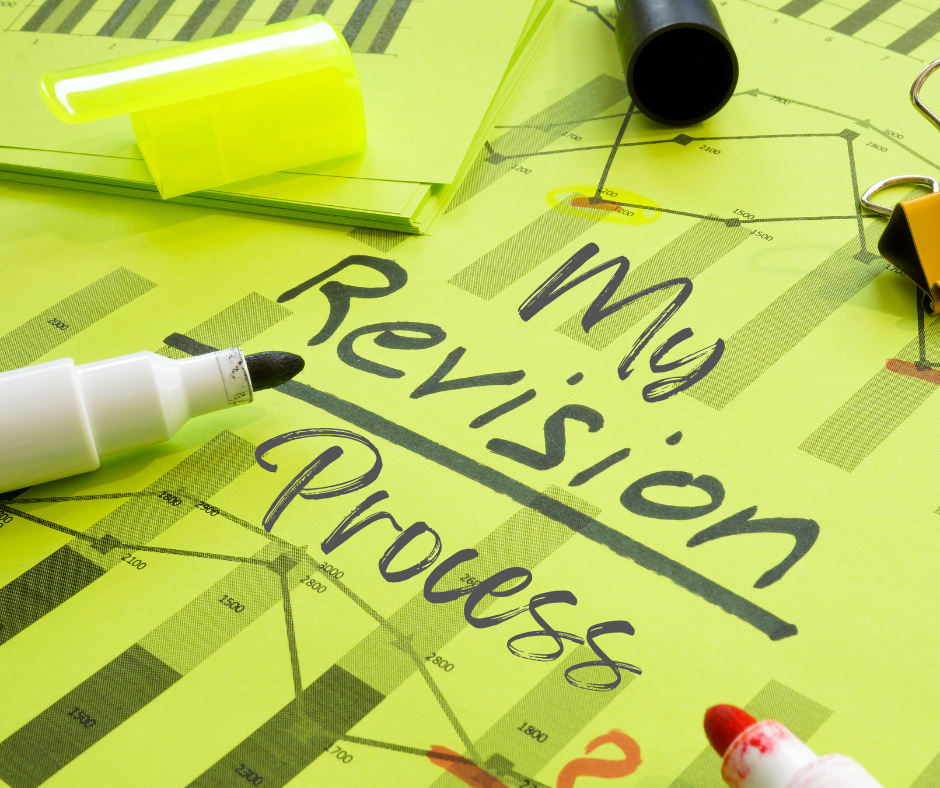My Revision Process
/I think revising and editing are the hardest (and maybe the most important) part of the writing process. Here is what works for me.
The First Draft - I write the first version, and I typically don’t edit during this stage. Depending on what’s going on, this takes me about two to three months.
First Read Through - I print the book and do a complete read through. I look for spelling and grammatical issues and plotholes.
Check the Chapters - I change the view in Word, so I can see a full page. I make sure the chapter lengths are reasonable (so one doesn’t have three pages and the next one has thirty-two pages). Then I read the last paragraph of each chapter. I want them to keep the reader reading past his/her bedtime. You don’t need to give a reader a convenient place to put a bookmark.
Dialog Check - Read through all the dialogue to make sure you didn’t leave off any quotation marks. Are there any dialog tags that can removed? Are there any paragraphs that need dialog? Eliminate the chitchat and the boring.
Search for the Overused Words - I keep a list of words that I use way too much. I search for each one to see if I can find a better way to say the same thing.
What’s in a Name - I search for any names that I change during the writing process to make sure there are no traces of the old one still lingering. I also have multiple series. I do a search to make sure none of the protagonists accidently end up in another’s book.
Continuity Issues - After each major revision session, I print a new copy. I do a read-through to make sure that things that are supposed to, stay the same. I keep a big spreadsheet for each series/book for a reference for hair color, eye color, preferences, type of car, etc. Look for places where your character does things out of order (like eating before ordering). Make sure names have consistent spellings throughout the entire manuscript.
Read aloud - Read your manuscript out loud or have Word read it to you. You’ll hear words that are used incorrectly that you may not spot on the page.
Spell Check - I check the spelling after every major revision.
I usually read the manuscript at least six to eight times before it goes to my critique partner and critique group. Then it goes to my agent and editor for more revisions.
What is your favorite part of the writing process?













